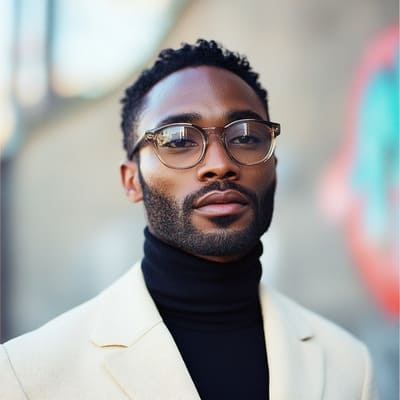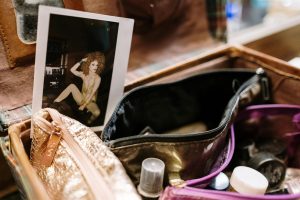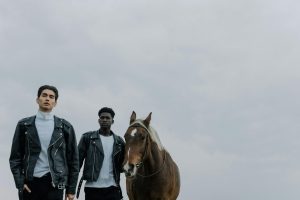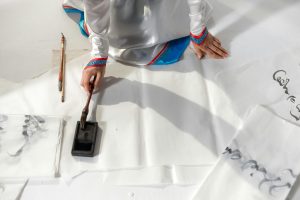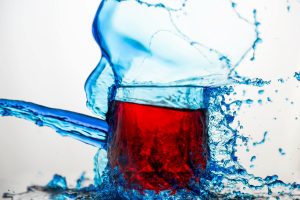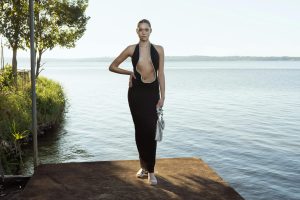The Power of Color in Fashion Storytelling
In the world of fashion, color is more than just a visual element. It is a powerful tool that can evoke emotions, tell stories, and make a statement. From bold and bright hues to subtle and muted tones, the use of color in fashion can have a significant impact on the way a garment or outfit is perceived. This is why it is crucial for fashion designers and stylists to understand the power of color in storytelling. In this article, we will explore the influence that color has in fashion and how it can be used to create impactful and memorable stories through clothing and accessories.
The Psychology of Color
Before we dive into the role of color in fashion storytelling, it is essential to understand the psychology behind each shade. Color has the unique ability to evoke certain emotions and moods, making it a powerful tool in communication. For example, the color red is often associated with passion, energy, and excitement, while blue is commonly linked to calmness, trust, and stability. These associations are not limited to just one culture but are universal. This means that the use of color in fashion can have a profound impact on people’s perceptions and reactions.
Color in Fashion Storytelling
Now, let’s delve into the role of color in fashion storytelling. When designing a collection or styling an outfit, color can be used to convey a specific story or idea. For instance, a designer may use vibrant colors such as yellow, orange, and pink to create a cheerful and playful narrative, while earthy tones like green, brown, and beige can evoke a sense of nature and sustainability. Color can also be used to represent a specific culture, tradition, or era, adding depth and meaning to the story being told through fashion.
Moreover, color can also help to set the mood and tone of a fashion story. Bright, bold colors can create a sense of excitement and energy, making the designs and outfits stand out and catch the audience’s attention. On the other hand, pastel colors can convey a more romantic and dreamy feel, adding a touch of nostalgia and whimsy to the fashion narrative.
How to Use Color in Fashion Storytelling
The key to effectively using color in fashion storytelling is to have a deep understanding of its symbolism and meaning. It is also essential to consider the target audience, the message being conveyed, and the overall aesthetic of the story. Here are a few tips on how to use color to enhance the storytelling in fashion:
1. Consider the Emotions and Mood
As mentioned earlier, different colors evoke various emotions and moods. When telling a fashion story, consider the emotions you want to portray and choose colors that align with them. For example, if you want to create a sense of calm and serenity, opt for cool tones like blues and greens. If you want to convey a sense of energy and excitement, choose brighter and warmer shades like reds, yellows or oranges.
2. Use Color Contrasts
Color contrast is when two colors with opposite characteristics are put together to create a visually striking effect. This contrast can add depth and dimension to a fashion story, making it more visually appealing. For instance, pairing a bright yellow top with a dark blue skirt creates a bold and eye-catching contrast, making the outfit stand out.
3. Mix and Match Textures
Another way to use color in fashion storytelling is by mixing and matching textures. Combining colors with different textures can add visual interest and create a multi-layered story. For example, a flowy and sheer fabric in a soft pink color can evoke a romantic and dreamy feel, while a vibrant pink leather jacket can add an edgy and rebellious touch to the story.
The Impact of Color in Fashion
The use of color in fashion storytelling can have a significant impact beyond just the visual aspect. It can help to enhance the story being told, make a statement, and even influence people’s emotions and behaviors. That’s why it is crucial for fashion professionals to understand the power of color and use it strategically in their designs and styling.
In conclusion, the power of color in fashion storytelling goes beyond just aesthetics. It is a key element that can bring a fashion story to life, evoke emotions, and make a strong impact. As fashion continues to evolve, so does the use of color in storytelling. By staying attuned to the psychology and symbolism behind each shade, fashion professionals can effectively use color to create compelling and memorable narratives through clothing and accessories.

